Jacquemontia is a genus of flowering plants in the Convolvulaceae family. This genus includes various species of climbing or trailing vines, and some are known for their attractive flowers and lush foliage. Jacquemontia plants are native to tropical and subtropical regions of the Americas, with some species also found in Africa and Asia. They are commonly grown as ornamental plants in gardens and landscapes due to their beautiful blooms and ability to cover fences, trellises, and other structures.
Landscape Use:
Jacquemontia vines are commonly used for ornamental purposes in gardens, parks, and landscapes. They are excellent choices for covering fences, trellises, and walls, creating beautiful green walls.
Some species can be grown in hanging baskets or containers, adding beauty to patios and balconies.
Jacquemontia’s vibrant flowers and climbing habit make them valuable additions to butterfly and pollinator gardens, attracting bees, butterflies, and other beneficial insects.
Overall, Jacquemontia vines are versatile and visually appealing plants that can add charm and color to any garden or outdoor space. Their beautiful flowers and climbing/trailing habit make them popular choices for both amateur gardeners and seasoned horticulturists alike.
Here’s a general description of Jacquemontia vines:
Plant Characteristics:
Size: Jacquemontia vines can vary in size depending on the species and growing conditions. Some species are relatively small, while others can grow to be several feet long.
Leaves: The leaves of Jacquemontia are generally heart-shaped or lobed, and they may be smooth or have a slightly fuzzy texture.
Flowers: The standout feature of Jacquemontia plants is their trumpet-shaped flowers. The flowers come in various colors, including shades of blue, purple, pink, and white. Some species have multi-colored or bi-colored flowers. The flowers are typically small but occur in large clusters, creating an eye-catching display.
Growth Habit: Jacquemontia vines have a twining or climbing growth habit. They use their tendrils to climb and cover nearby structures, making them great choices for vertical gardening. Some species may also have a trailing habit when not supported.
Cultural Requirements:
Sunlight: Jacquemontia vines thrive in full sunlight. They require at least 6 to 8 hours of direct sunlight each day to produce abundant flowers.
Temperature: Most Jacquemontia species prefer warm temperatures and are sensitive to frost. They are well-suited for tropical and subtropical climates.
Soil: These vines prefer well-draining, fertile soil. They can adapt to a range of soil types, including sandy and loamy soils.
Watering: Regular watering is necessary to keep the soil consistently moist, especially during the growing season. However, they can tolerate brief periods of dryness once established.
Pruning: Pruning may be required to control the growth and shape of Jacquemontia vines. It can also help encourage bushier growth and more flowers.

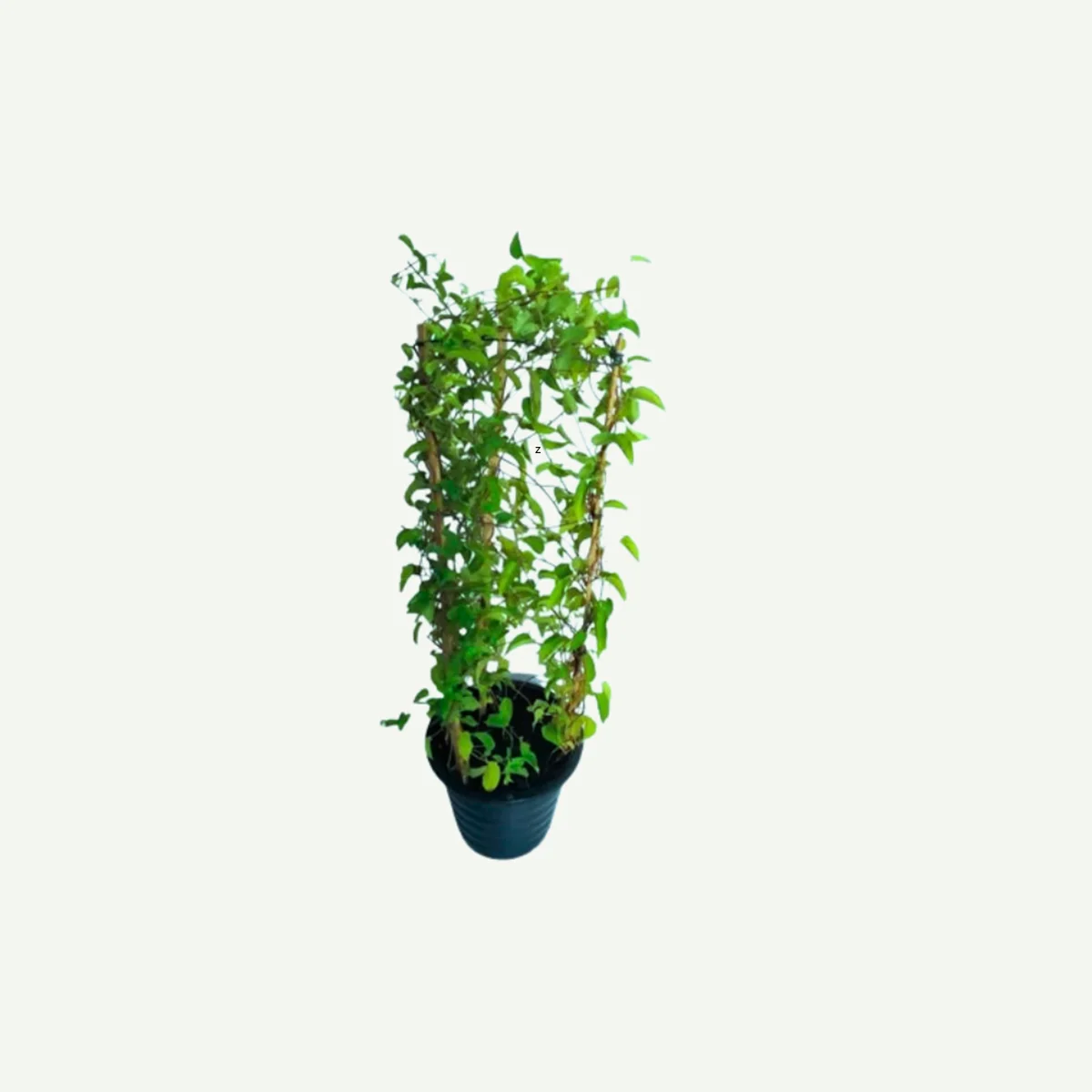
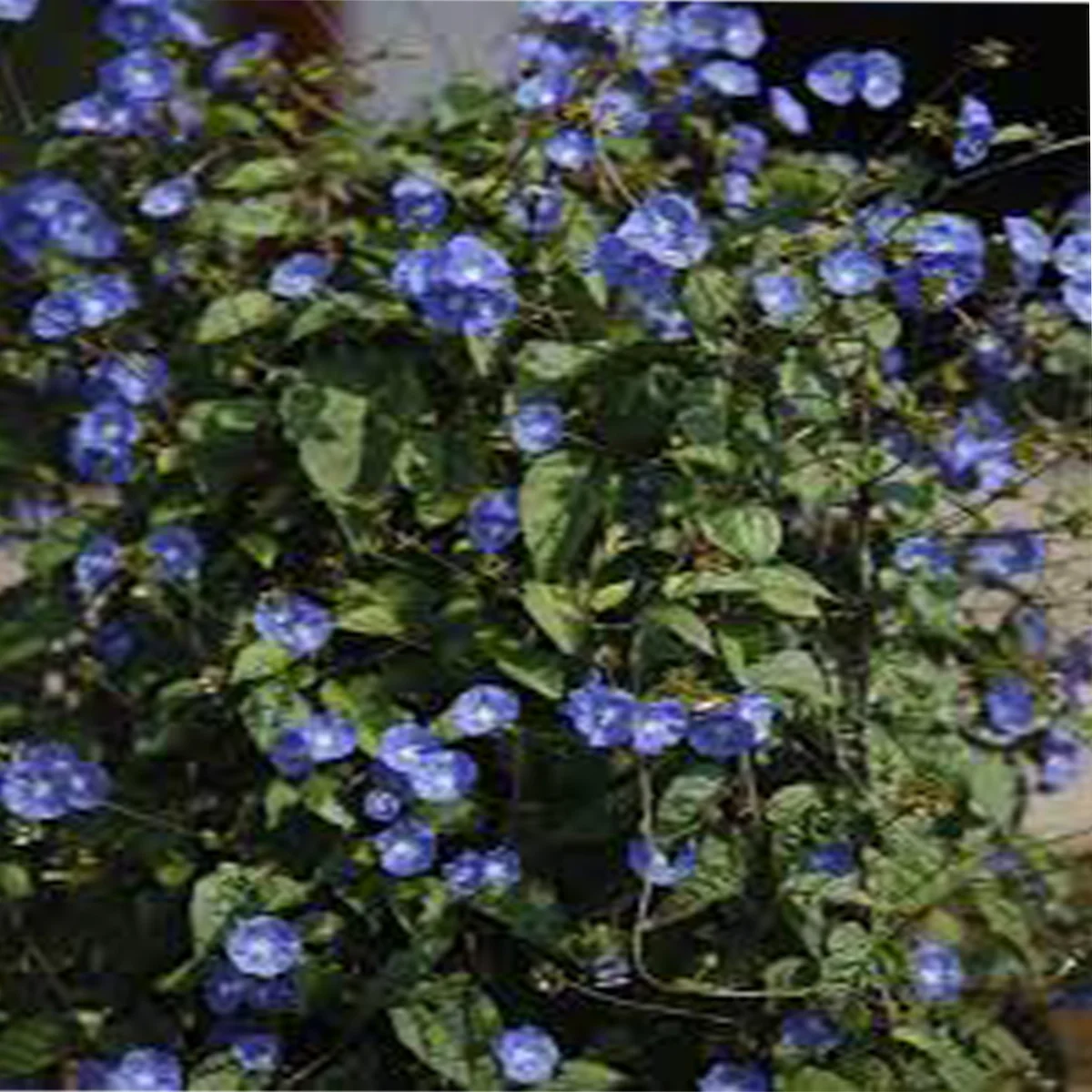
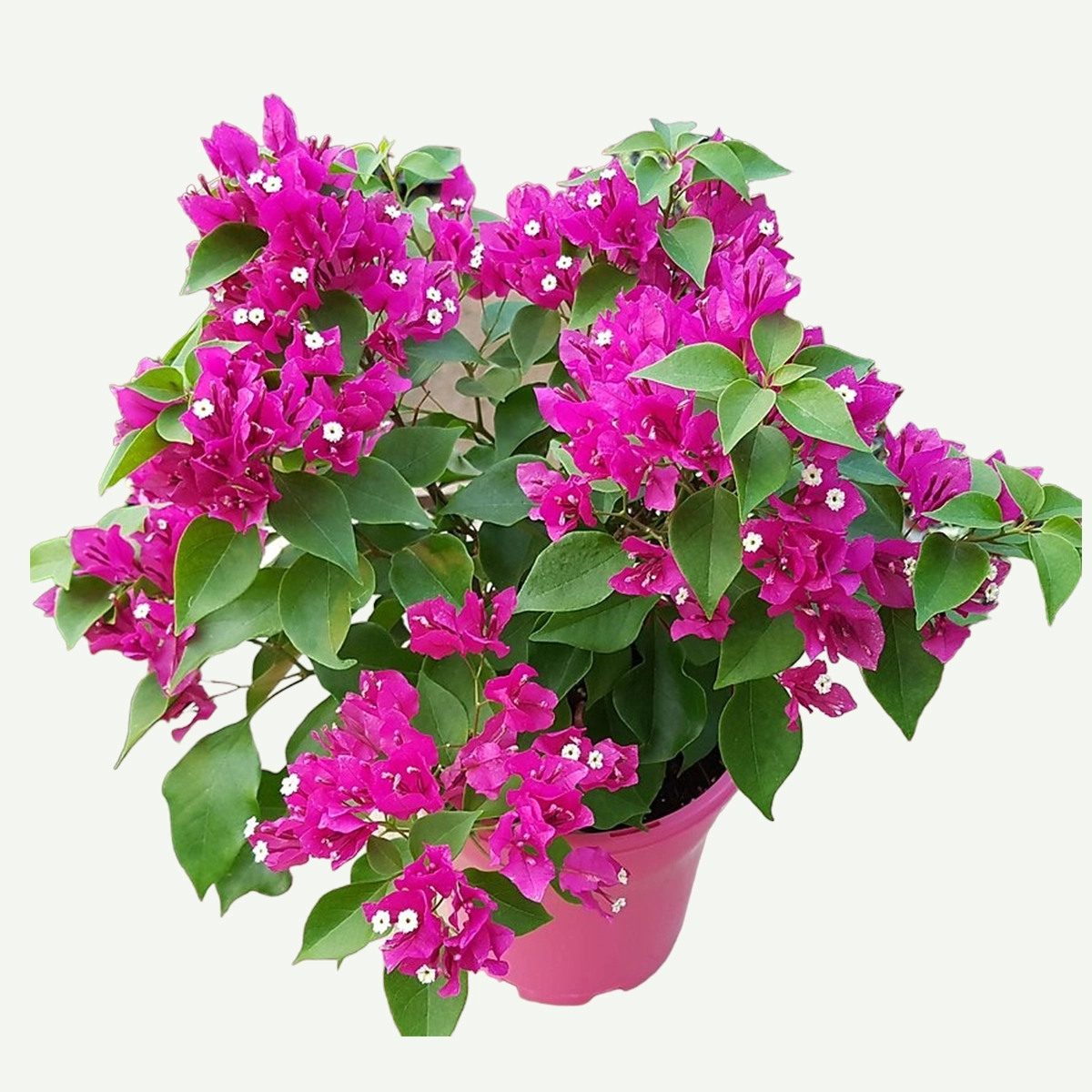
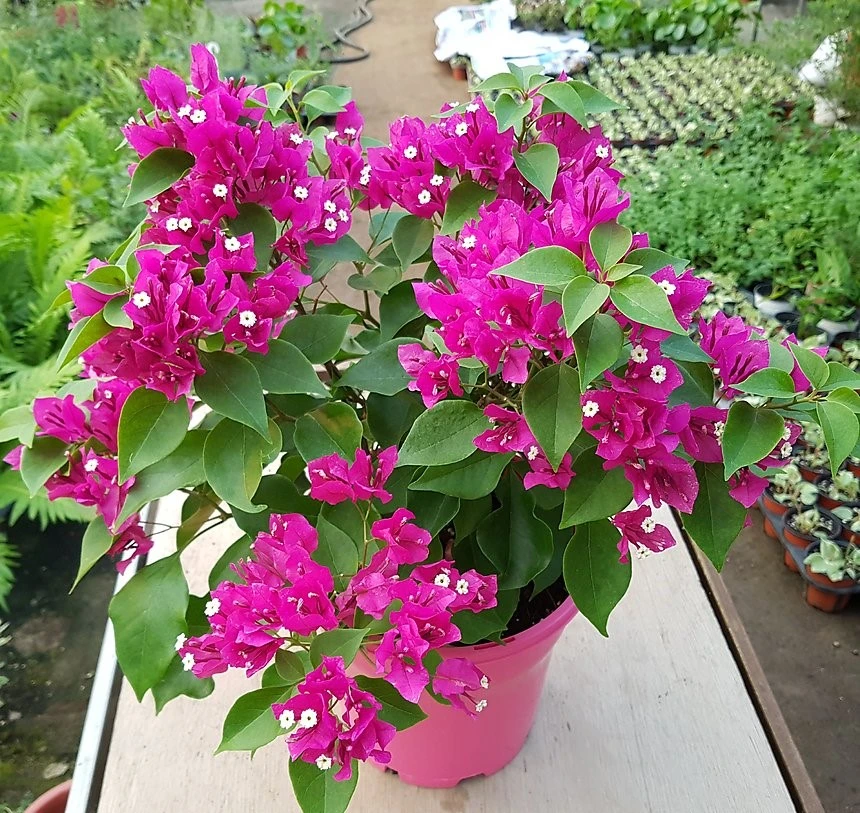

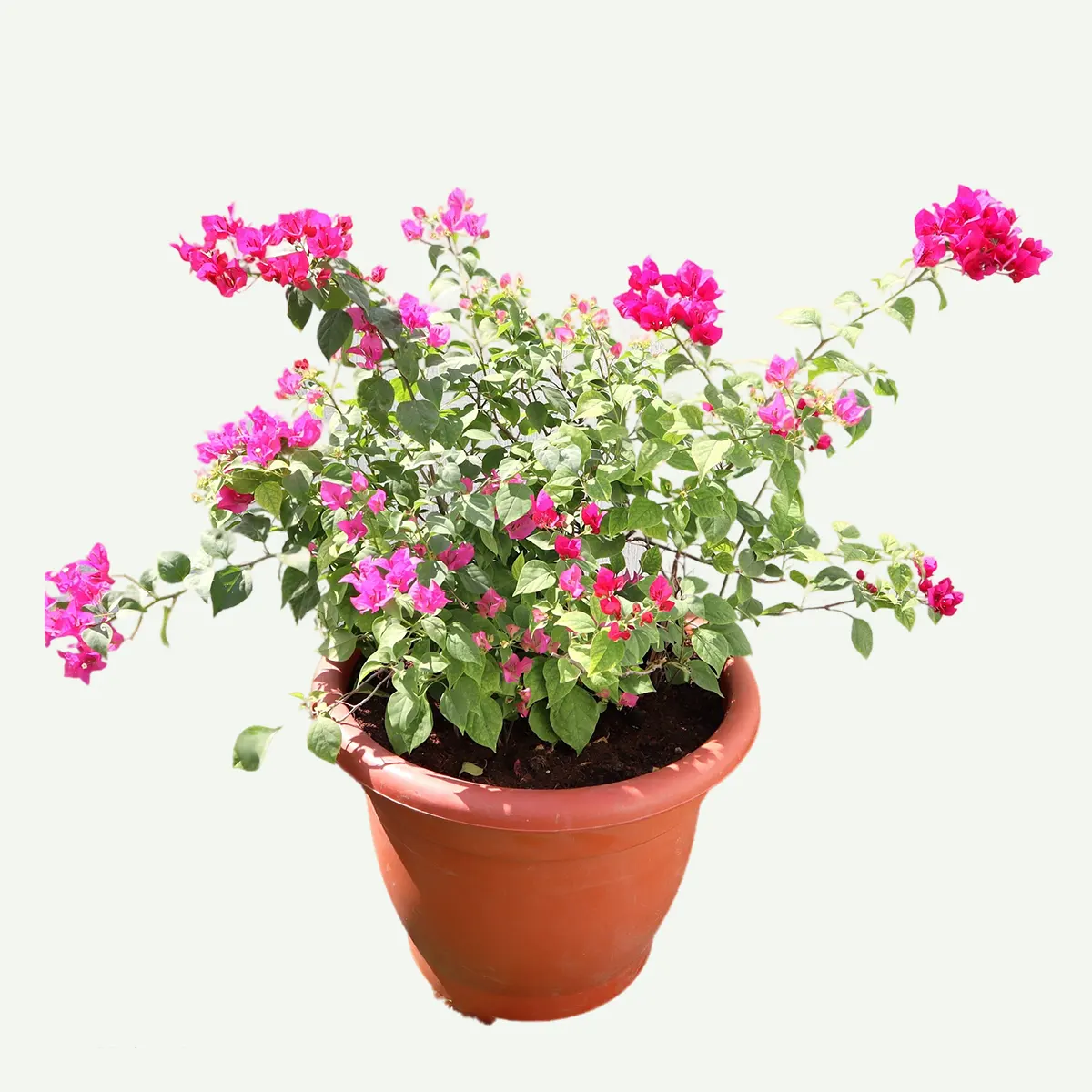

Reviews
There are no reviews yet.